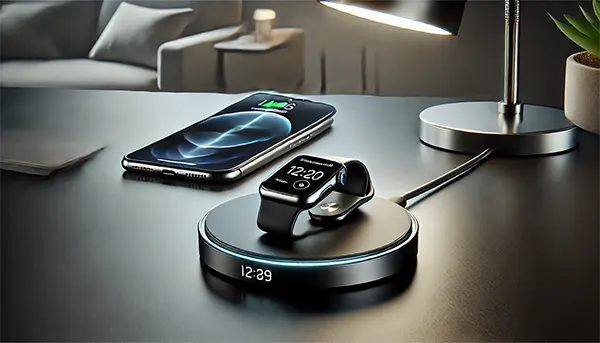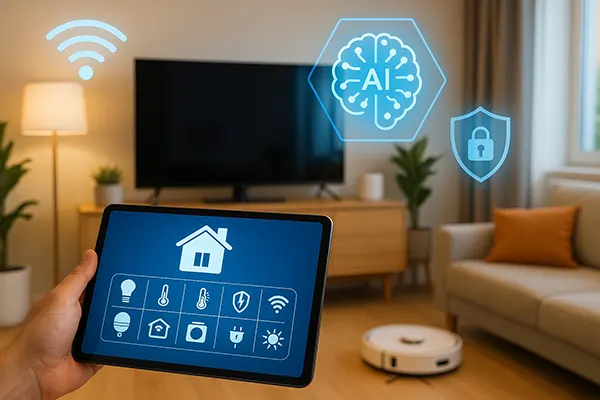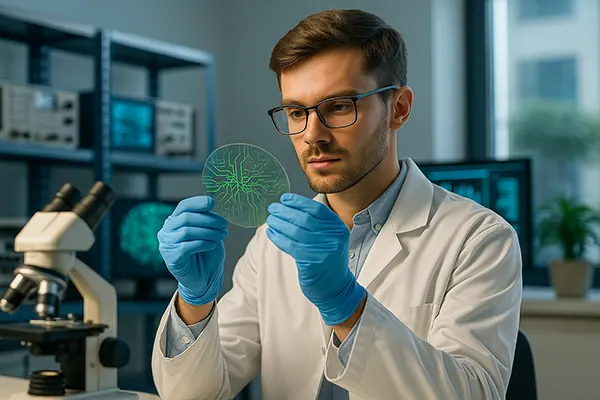
Contactless Charging Technology: What’s New in 2025?
In recent years, the realm of wireless charging technology has undergone significant transformations, and by 2025, contactless charging has evolved into a highly efficient and reliable solution for various electronic devices. This article delves into the advancements in contactless charging technologies, including their principles, applications, and future potential.
Introduction to Contactless Charging Technology
Contactless charging, also known as wireless power transfer (WPT), has revolutionized the way we power up our devices. Unlike traditional charging methods, which rely on physical connectors and cables, contactless charging uses electromagnetic fields to transfer energy between two objects. The technology typically involves a charging pad or station that generates an electromagnetic field, which is captured by a receiver coil in the device being charged. The energy is then converted back into electrical power to charge the device’s battery.
The development of contactless charging systems has brought about a new era of convenience, eliminating the need for tangled cables and offering the ability to charge devices simply by placing them on a pad or within range of a charging station. As we move into 2025, the applications and efficiency of this technology continue to improve, making it an increasingly viable solution for consumer electronics and beyond. One of the advantages of this technology is that it can be used for a wide variety of devices, including smartphones, tablets, wearables, and even electric vehicles (EVs), reducing the dependency on traditional charging methods and offering more flexibility in how we power up our devices.
Furthermore, advancements in wireless charging have allowed the technology to become more adaptable, with charging stations now capable of charging multiple devices at once. This makes it particularly beneficial for users who need to charge several devices simultaneously, such as smartphones, smartwatches, and wireless earphones. The growing trend of multi-device charging solutions in 2025 is a clear indication that wireless charging will become an integral part of everyday life for many people.
Key Technologies Behind Wireless Charging
At its core, wireless charging operates on the principles of induction and resonance. Inductive charging, the most common method, uses magnetic fields to transfer energy from a coil in the charger to a receiver coil in the device. Resonance-based systems take this a step further by allowing charging over greater distances and with more flexibility in alignment. These technologies have made it possible to charge everything from smartphones and wearables to electric vehicles (EVs) without the need for physical connections.
Inductive charging works by creating a magnetic field in the transmitter coil that induces an electric current in the receiver coil within the device. This current is then used to charge the battery. As the technology progresses, the efficiency of power transfer has increased, reducing the time it takes to charge devices. In addition, resonance charging, which uses the principle of resonance to increase power transfer over longer distances, has made it possible to charge multiple devices simultaneously without needing perfect alignment. As we enter 2025, researchers and engineers are continuing to refine these technologies to enhance their power output, charging speeds, and range.
Another significant advancement is the move towards standards for wireless charging, such as the Qi standard, which has become widely adopted for smartphones and smaller devices. The ability for charging stations to be compatible with various brands and device types is crucial for increasing the convenience of wireless charging. The development of universal standards will further enhance the accessibility and widespread adoption of wireless charging in both consumer electronics and emerging industries like electric vehicles.
Innovations in Contactless Charging in 2025
By 2025, we are seeing rapid advancements in contactless charging that enhance efficiency, speed, and accessibility. One of the most notable developments is the increased efficiency of power transfer, with some systems now capable of charging at nearly the same speed as traditional wired methods. This has been achieved through improvements in coil design, materials, and energy conversion processes. As the demand for faster charging increases, these innovations are critical for ensuring that wireless charging remains competitive with wired options.
Moreover, new charging solutions are being introduced that support multi-device charging, allowing several devices to be charged simultaneously on the same pad. This innovation is especially useful in environments such as homes, offices, and public spaces, where users often have multiple devices needing charging at once. The ability to charge multiple devices without the need for multiple charging ports or cables enhances convenience and reduces clutter.
One of the most significant breakthroughs in 2025 is the development of contactless charging pads that can charge a variety of devices, from smartphones to laptops, with one single pad. This approach simplifies the charging process and eliminates the need for separate chargers for each device. In addition, some charging stations now feature enhanced technology that detects the optimal power required for each device, ensuring that the power output is matched to the device’s specific needs. This is crucial for preventing overcharging and prolonging the lifespan of batteries.
Smart Charging Features
Another exciting feature being introduced in 2025 is the integration of smart charging capabilities. Some contactless charging stations now include sensors and software that can identify the device being charged and optimize the power delivery accordingly. For instance, if a device is already fully charged, the station can automatically reduce power to prevent overcharging. This not only ensures faster charging but also extends the lifespan of the device’s battery. The development of these smart features is a clear indicator of the growing sophistication of wireless charging systems.
In addition to the smart features that optimize charging, some stations are now equipped with energy-saving modes that reduce power consumption when devices are not being actively charged. This can significantly reduce electricity costs over time, especially for users who charge multiple devices frequently. Furthermore, some charging stations feature additional functionalities, such as wireless data transfer capabilities, allowing users to transfer files or backup data while their devices are charging wirelessly. These smart charging stations are becoming more integrated into the IoT ecosystem, offering a seamless and efficient charging experience.

Challenges and Future Prospects of Contactless Charging
Despite the impressive advancements, there are still challenges to overcome. One of the major hurdles is the limited charging range. While wireless charging can work effectively over short distances, achieving longer-range charging without compromising efficiency remains a significant challenge for engineers and researchers. Some systems can now charge devices from a few centimeters away, but achieving charging over greater distances, such as several meters, remains an area of active research. The ability to charge devices from a distance could eliminate the need for precise alignment, offering even greater convenience for users.
Another challenge is the potential impact of wireless charging on battery health. As more devices are charged wirelessly, concerns about the long-term effects of constant exposure to electromagnetic fields are being raised. Although current research suggests that the impact of wireless charging on battery health is minimal, further studies will be necessary to fully understand the potential effects. Additionally, the issue of power loss during transmission remains a concern, particularly for larger devices like laptops and electric vehicles. However, ongoing developments in energy transfer efficiency are addressing these challenges, and improvements are expected in the coming years.
In the future, we may see even more sophisticated technologies that could enable charging over greater distances and with increased power output. For instance, some research is focused on using radio frequency (RF) waves or laser beams to transmit energy across longer ranges. If successful, these innovations could lead to truly ubiquitous wireless charging, where devices could charge automatically while within a designated area, without needing to be placed on a pad or in a specific position.
Industry Collaboration and Standardization
As contactless charging continues to evolve, industry collaboration and standardization will play a key role in ensuring that different devices and charging systems are compatible. Leading technology companies and organizations are already working together to establish universal standards for wireless charging, which will facilitate its adoption in a wider array of products and industries. The success of wireless charging will depend largely on how well these standards are implemented and whether they can be universally adopted by all manufacturers.
In conclusion, contactless charging technology has made remarkable progress in recent years, and by 2025, it is expected to become even more efficient, accessible, and versatile. As innovation continues, we may soon see a world where charging our devices is as simple as placing them in a designated area, with minimal effort required on our part. The future of wireless power is undoubtedly bright, and the next few years promise exciting new developments.



